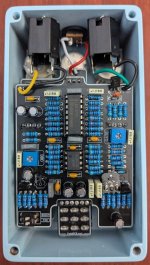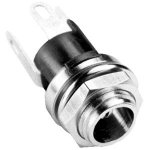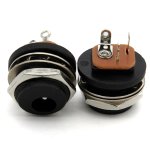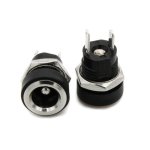rwl
Well-known member
- Build Rating
- 5.00 star(s)
This is my report on a build of the PPCB Low Tide Mini, based on the Fairfield Shallow Water. I like Fairfield pedals, and this one was recommended across the forum. It's a great pedal.

Inspiration
I hadn't done any shorebird pedals, and that was an obvious choice for the "low tide" or "shallow water". Plovers are a type of shorebird, and there's a huge variety of them - I went with the piping plover. I'm not big into shorebirds personally, there's a huge amount and they all look very similar, just different sizes. But I think that plover chicks are about the cutest animal, they barely look real. They're born with feathers and able to walk.



I went with an adult for the pedal, but thinking about it, I think I might need to do a plover chick pedal.
I'm happy with the design. This is a somewhat older pedal, I actually thought I'd posted it before. At this stage I was trying to move from full-background pedals and did a half print background, which I think works pretty well in this case to anchor the bird.
The Build
I didn't have any problems with this build. I believe this was my first double-decker PPCB board, so I was fairly nervous going in. But using the horrible UI on Mouser to find the right capacitors, it wasn't a big deal.
I actually like the double boards, having built a few now. They're a little bit roomier, and it's nice that the controls are all off on their own board.
The Pedal
This is a great pedal, with two drawbacks. It really adds a fluid sound that sounds alive. Maybe a bit similar to some of the warped vinyl type pedals. The distinctive thing here is that there's a random number generator as part of the modulation, making it much more organic than your typical pedal. I don't think there's another pedal like it, so I'd highly recommend it - it was in my top 5 pedals of 2024. It does both a really pleasant chorus effect and standalone modulation. I like it with the subtle chorus, which is achieved with the mix knob around noon. And as you can see, the build is a fun one. I recall reading someone else's review where they said their reaction was "I built this?!" and I kinda feel the same.
The two drawbacks:
Firsts

Pedal rating: 5/5
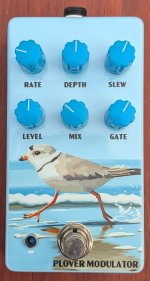
Inspiration
I hadn't done any shorebird pedals, and that was an obvious choice for the "low tide" or "shallow water". Plovers are a type of shorebird, and there's a huge variety of them - I went with the piping plover. I'm not big into shorebirds personally, there's a huge amount and they all look very similar, just different sizes. But I think that plover chicks are about the cutest animal, they barely look real. They're born with feathers and able to walk.


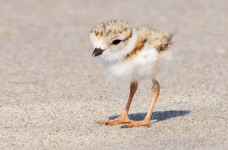
I went with an adult for the pedal, but thinking about it, I think I might need to do a plover chick pedal.
I'm happy with the design. This is a somewhat older pedal, I actually thought I'd posted it before. At this stage I was trying to move from full-background pedals and did a half print background, which I think works pretty well in this case to anchor the bird.
The Build
I didn't have any problems with this build. I believe this was my first double-decker PPCB board, so I was fairly nervous going in. But using the horrible UI on Mouser to find the right capacitors, it wasn't a big deal.
I actually like the double boards, having built a few now. They're a little bit roomier, and it's nice that the controls are all off on their own board.
The Pedal
This is a great pedal, with two drawbacks. It really adds a fluid sound that sounds alive. Maybe a bit similar to some of the warped vinyl type pedals. The distinctive thing here is that there's a random number generator as part of the modulation, making it much more organic than your typical pedal. I don't think there's another pedal like it, so I'd highly recommend it - it was in my top 5 pedals of 2024. It does both a really pleasant chorus effect and standalone modulation. I like it with the subtle chorus, which is achieved with the mix knob around noon. And as you can see, the build is a fun one. I recall reading someone else's review where they said their reaction was "I built this?!" and I kinda feel the same.
The two drawbacks:
- For some reason, the pedal has its own gain function. I don't think it sounds particularly good, and basically I always want this to be a smooth background sound. It's been a while since I toggled this, but I think this is is even with the BOOST toggle switch off - I've seen it with the. It just means that the interaction of the knobs is not as much fun as you'd expect. I think this was tied to the GATE/LPG knob turned up.
- With some of the knobs cranked up/down, the sounds are quite jarring, and I don't think they're very usable. For me this was with DAMP (SLEW?) turned down and DEPTH turned up. Both of these can cause random sudden modulations that I find quite distracting.
Firsts
 First shorebird pedal
First shorebird pedal First k-field modulator pedal
First k-field modulator pedal
Pedal rating: 5/5

